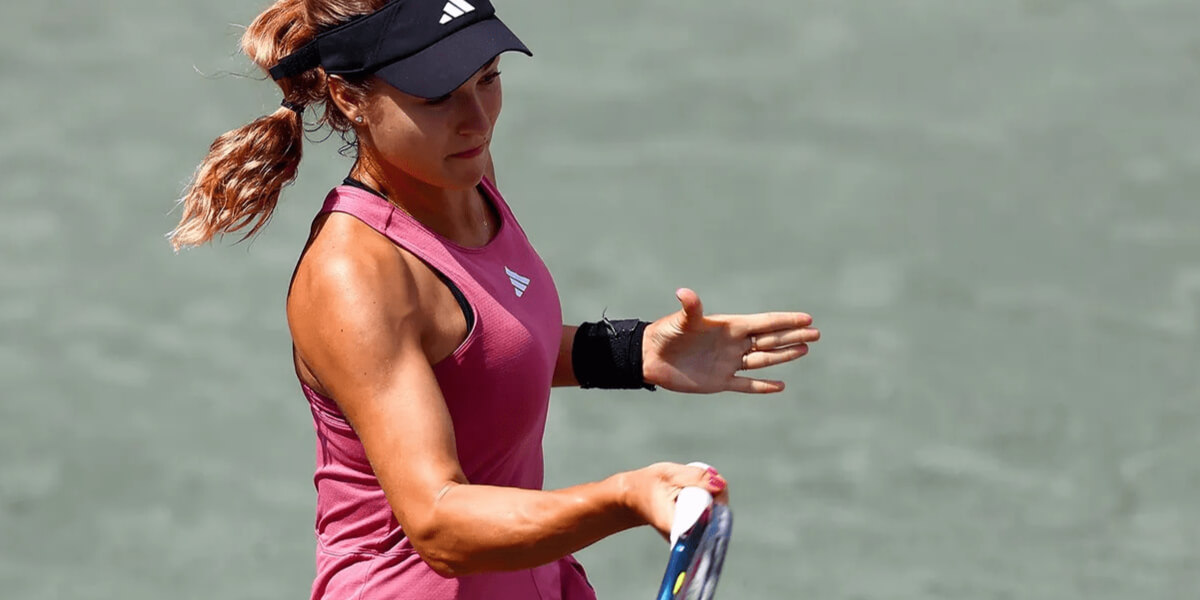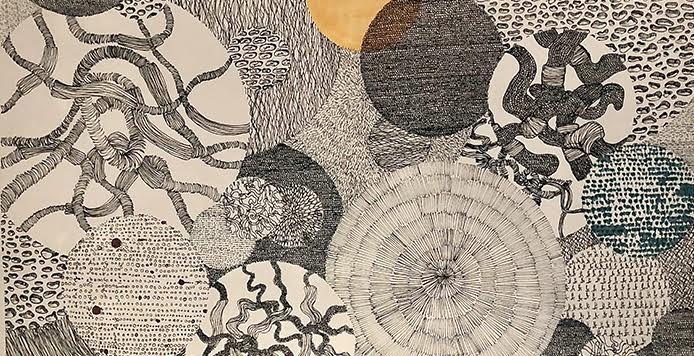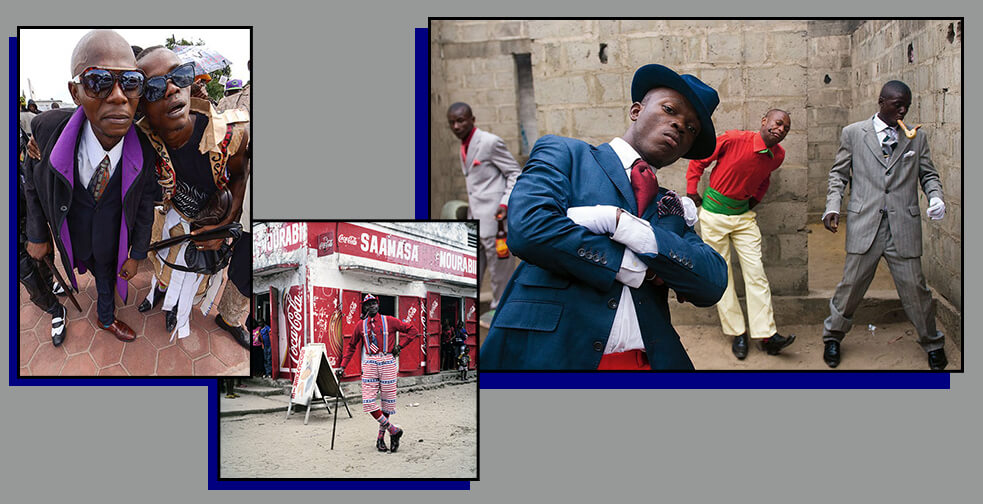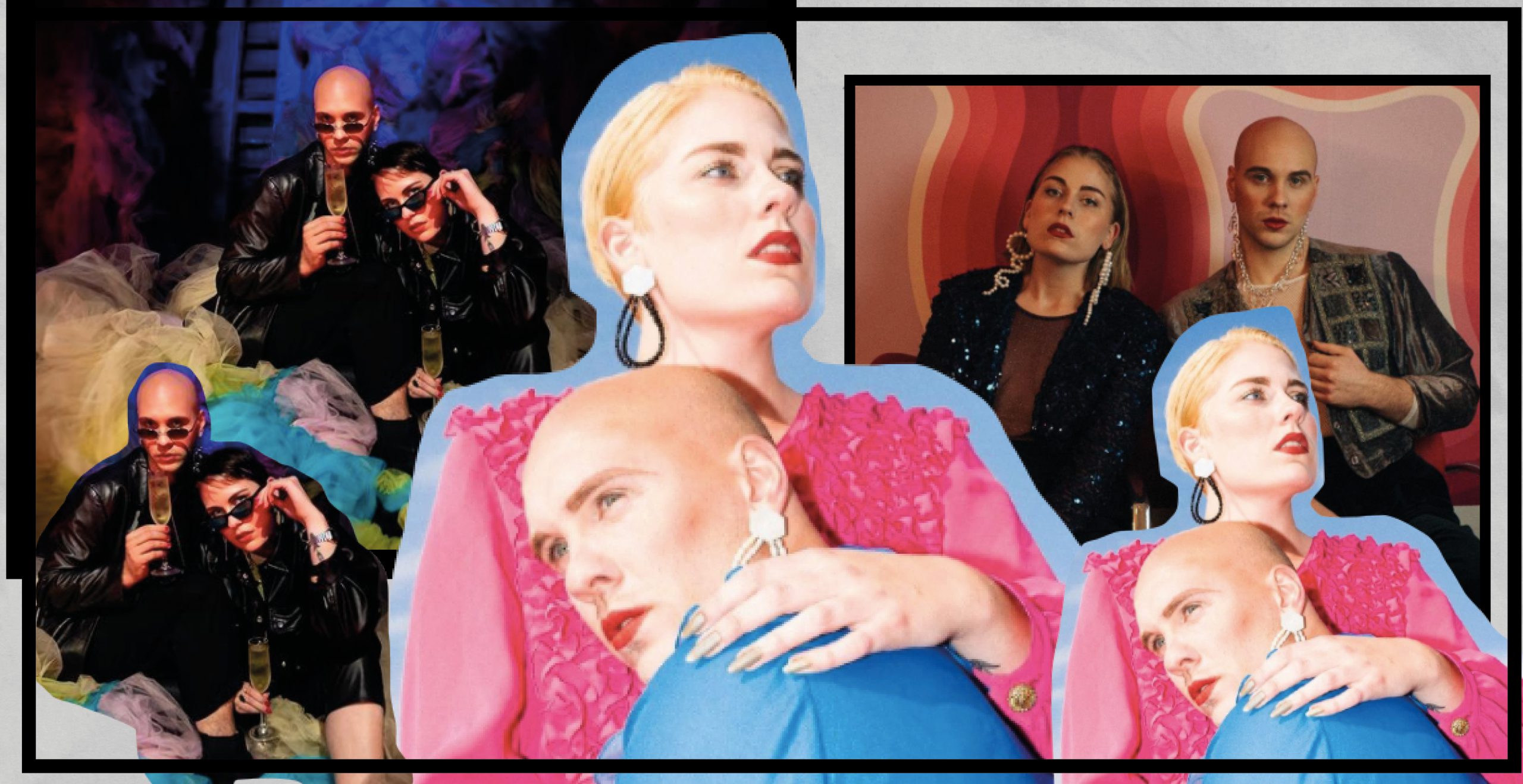Beyond the screen: the impacts of parasocial relationships and societal pressures on women in the spotlight
After winning a Grand Slam title at the Australian Open and becoming the number 1 tennis player in June, Jannik Sinner has gone through a summer of controversies. The Italian athlete’s string of health issues and career choices have, in fact, attracted a lot of scrutiny from sport fans.
Yet, while Sinner is a professional with years of experience and a personal team, many have labeled his relationship with fellow tennis player Anna Kalinskaya as the source of his alleged sport-related shortcomings. The controversies have reached fever pitch after Jannik Sinner’s withdrawal from the Paris 2024 Olympics Games due to an illness. This Olympic controversy has turned into a bigger sports scandal, attracting countless speculations. All this conjecturing has led some to blame Kalinskaya for the Italian tennis player’s decision and question whether having a relationship is compatible with the austere lifestyle expected of pro athletes.
The public obsession with celebrity relationships in the world of sport and beyond is nothing new, but people’s parasocial interactions with the famous and wealthy still say a lot about our time’s culture. The vitriol aimed at Anna Kalinskaya and other prominent women dating famous men, speaks volumes of societal attitude towards women and gender roles in heterosexual relationships.
The loud, ugly underbelly of the internet puts in black and white how many still expect women to manage and improve the men they date while still believing in the “distracting effect” of women and relationships. The twelfth-century French philosopher Bernard of Chartres famously coined the expression “on the shoulders of giants.” This sentence referred to the cumulative nature of knowledge, whose foundations were built in the past and expanded upon as time passed. Much like knowledge, prejudices tend to survive the passage of time, adapting and morphing as society changes.
In her book “Conduct Books and the History of the Ideal Woman,” Dr. Tabitha Kenlonin analyses the history of gendered expectations using six centuries of advice literature. The double-sided nature of societal expectations of women pops up early in this examination of conduct manuals. From the get-go, they tasked women with being, in the author’s words, «both strong and submissive, intelligent and biddable, capable and helpless. » These conflicting expectations have real-life consequences, portrayed and sublimated for all to see in the public ambivalent relationship with famous women and their dating lives.
Women like Anna Kalinskaya, who rose to prominence in their professional fields, can still end up under scrutiny for nothing but their relationships with men. With the public weighing in on whether or not they believe these women are fulfilling their idea of what a woman in a straight relationship is ought to do. Parasocial relationships can provide comfort to many, with 51% of Americans having likely experienced one. However, women at all levels of fame on the internet often experience the darker side of this phenomenon. That’s why, while many might argue that famous women gain social capital from “hard launching” their relationship with well-known men, doing so in reality is a double-edged sword.
That’s arguably what the tongue-in-cheek earworm “Please, please, please” by Sabrina Carpenter is about. The risk of ending up dealing with public embarrassment as a woman in the spotlight after a relationship announcement. The ongoing cultural obsession with romance and dating might make us think that most people simply “love love.” Yet if women in heterosexual relationships are still made to answer for their partners and scrutinized because of their dating status, it’s fair to ask if our love for love isn’t just a covert way of perpetuating social norms.




























